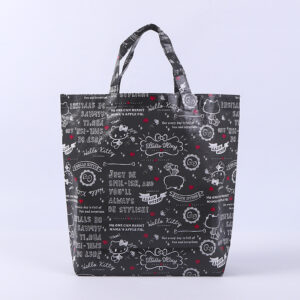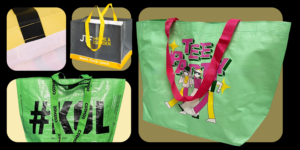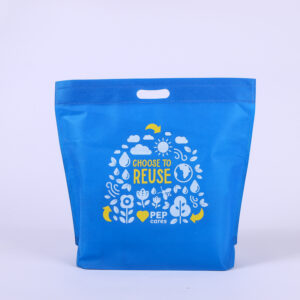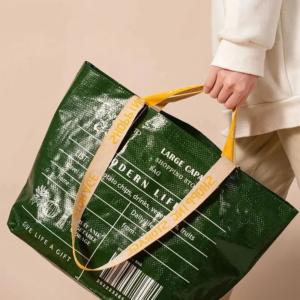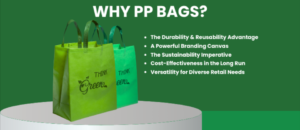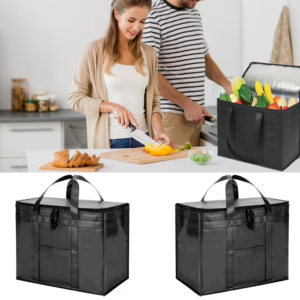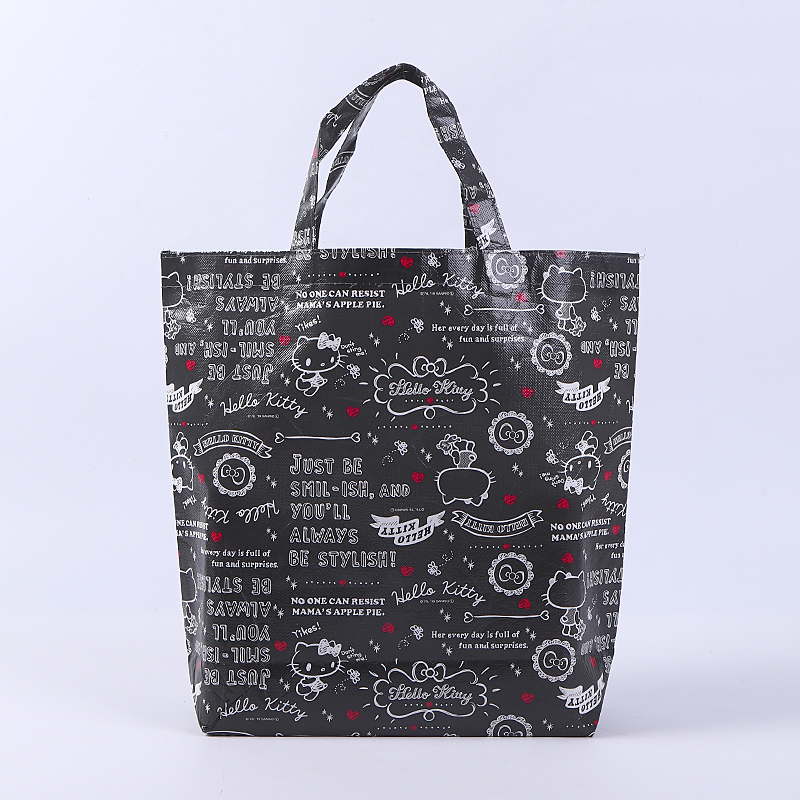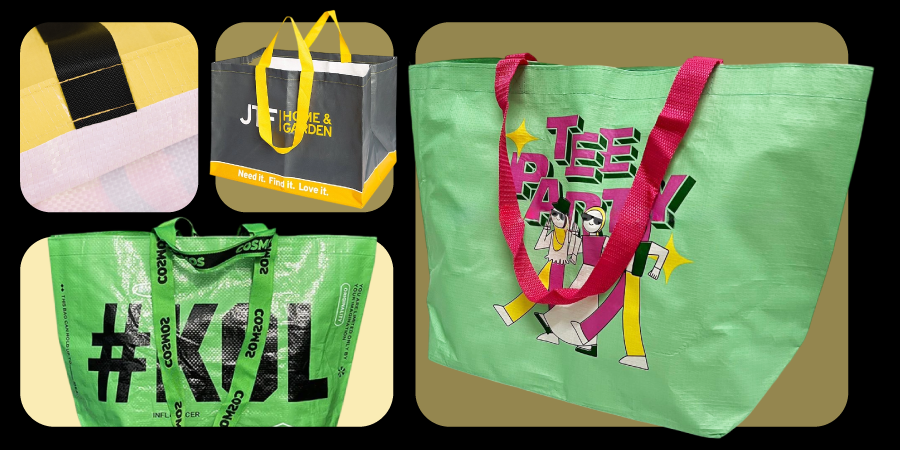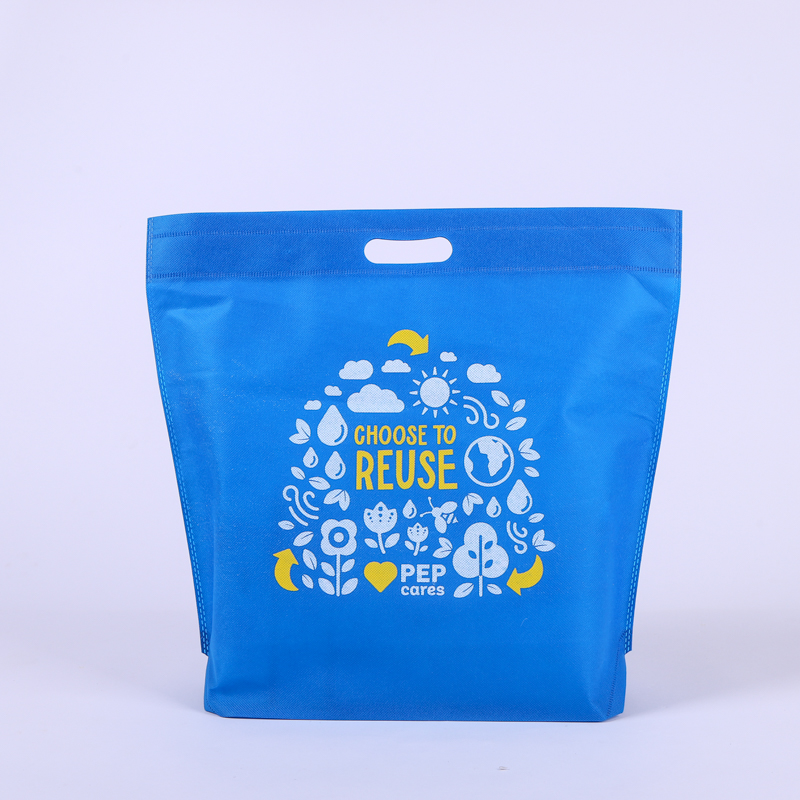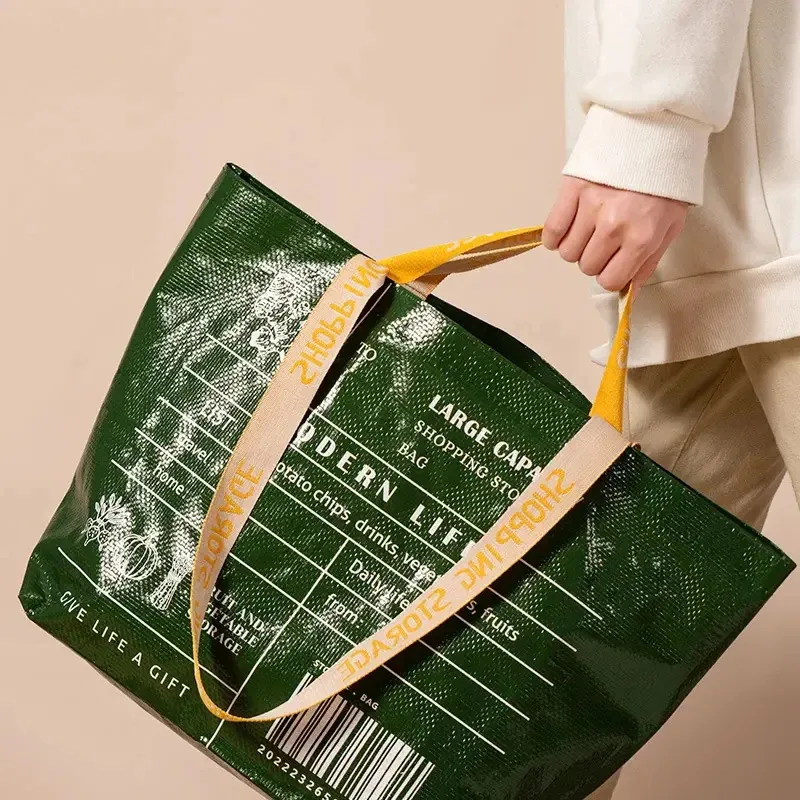Non-woven bags have become increasingly popular as a sustainable alternative to traditional plastic bags. They are durable, lightweight, and reusable, making them a favorite choice for environmentally conscious consumers. Understanding the manufacturing process of non-woven bags can shed light on their benefits and production efficiency. This article outlines the key steps involved in the creation of non-woven bags.
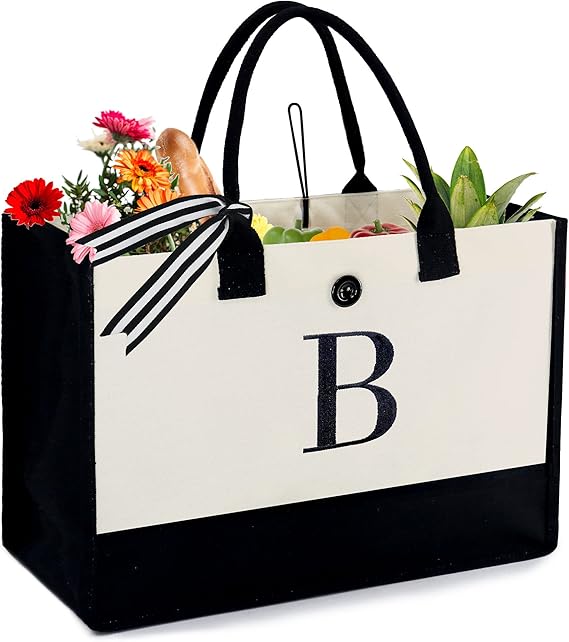
Step 1: Raw Material Selection
The first step in manufacturing non-woven bags is the selection of raw materials. Non-woven fabric is primarily made from polypropylene (PP), a thermoplastic polymer. Other materials like polyester or nylon may also be used, depending on the desired properties of the final product. The chosen material is typically in the form of pellets or fibers, which will be processed into fabric.
Step 2: Polymer Melting and Spinning
Once the raw materials are selected, they undergo a melting process. The polypropylene pellets are heated until they melt into a viscous liquid. This melted polymer is then forced through spinnerets (a device with multiple tiny holes) to produce continuous filaments. This process is known as melt spinning.
Step 3: Fiber Formation
The continuous filaments produced during the spinning process are cooled and solidified. They are then cut into staple fibers, which are more manageable for the subsequent steps. These fibers are collected and can be used in various non-woven fabric production methods.
Step 4: Web Formation
The next step is to form a web or mat from the staple fibers. This is typically done using one of several methods:
- Dry Method: Fibers are carded (combed and aligned) to form a loose web, which is then layered to achieve the desired thickness.
- Wet Method: Fibers are mixed with water and chemicals to create a slurry, which is then spread onto a mesh screen and allowed to dry, forming a cohesive fabric.
- Spunbond Method: Continuous filaments are laid down in a random pattern and bonded together through heat and pressure, producing a strong and uniform fabric.
Step 5: Bonding
Once the web is formed, the fibers need to be bonded together to create a cohesive fabric. This can be achieved through various methods:
- Heat Bonding: The fibers are subjected to heat, causing them to melt and fuse together at contact points, enhancing the strength of the fabric.
- Chemical Bonding: An adhesive may be applied to the fabric, which then cures to hold the fibers together.
- Needle Punching: Barbed needles are used to interlock the fibers, creating a dense and durable fabric.
Step 6: Fabric Treatment
After bonding, the non-woven fabric may undergo various treatments to enhance its properties. This can include:
- Dyeing: The fabric is dyed to achieve various colors and patterns.
- Coating: A layer of coating may be applied for additional water resistance or to create a glossy finish.
- Printing: Logos or designs are printed onto the fabric using screen printing or digital printing techniques.
Step 7: Cutting and Sewing
Once the desired fabric properties are achieved, the next step is to cut the fabric into specific sizes and shapes based on the bag design. The pieces are then sewn together to form the final product. This can include adding handles, gussets, or any additional features required for functionality.
Step 8: Quality Control
Before the bags are packaged and shipped, they undergo a thorough quality control process. This involves checking for defects, ensuring that stitching is secure, and verifying that the bags meet the required specifications.
Step 9: Packaging and Distribution
Finally, the finished non-woven bags are folded, packed, and prepared for distribution. They are shipped to retailers, wholesalers, or directly to consumers, ready to be used for shopping, promotions, or various other purposes.
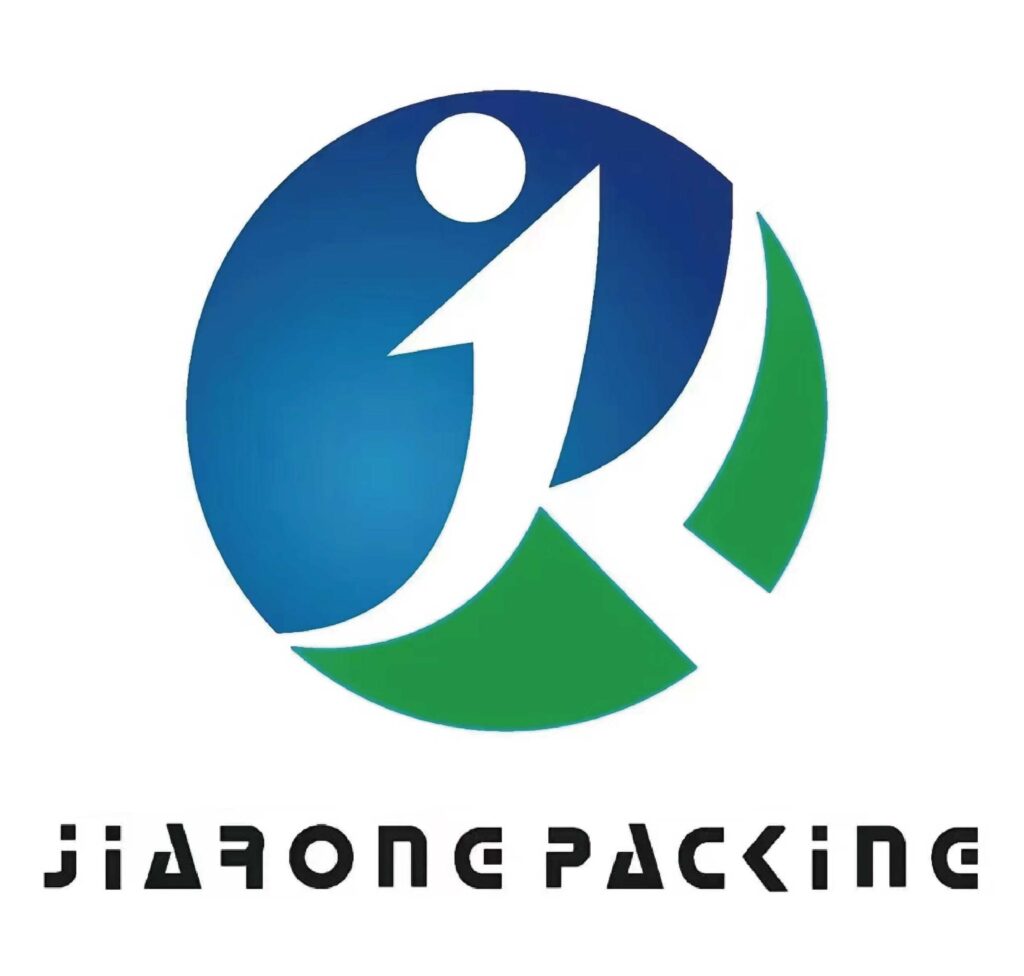
Conclusion
The manufacturing process of non-woven bags involves several intricate steps, from raw material selection to final production. These bags not only offer a sustainable alternative to plastic but also demonstrate a commitment to reducing environmental impact. By understanding the production process, consumers can appreciate the effort involved in creating these versatile and eco-friendly products.


